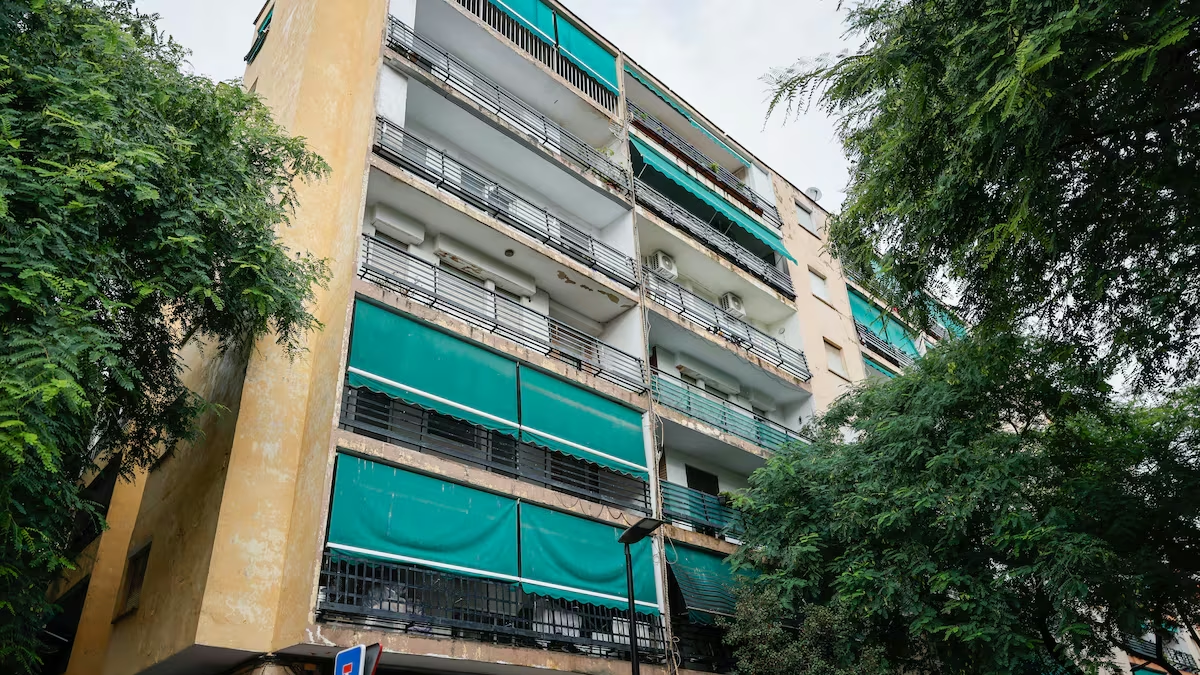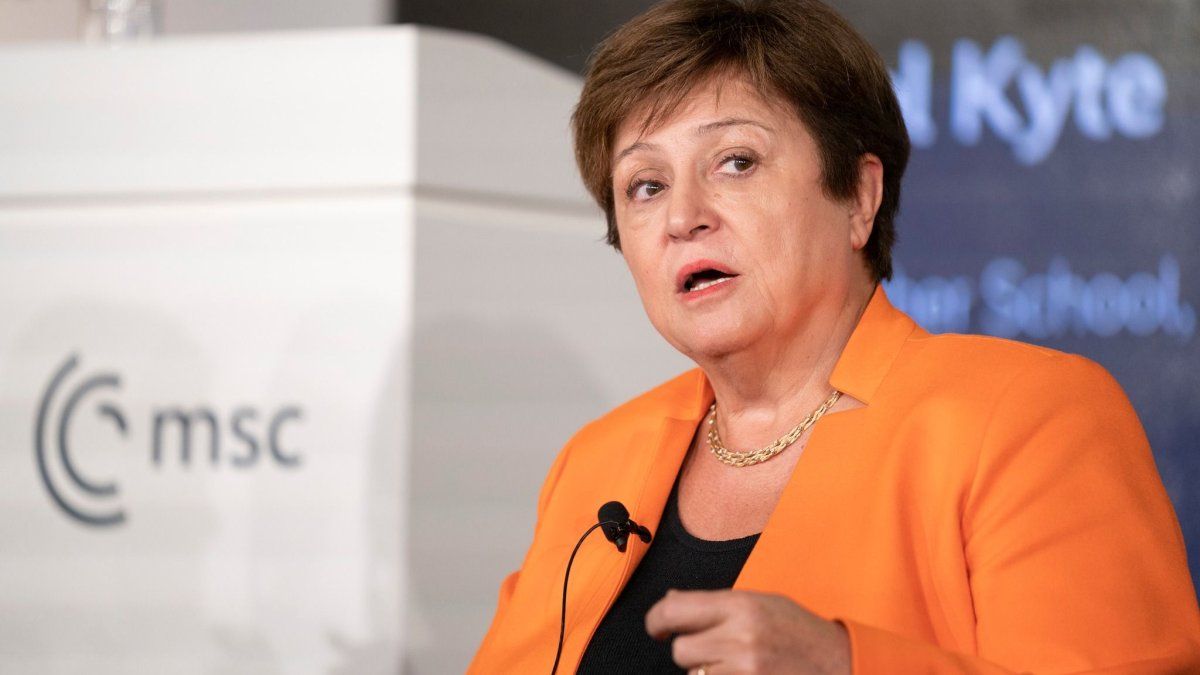Six hand-picked candidates are competing for the presidency. Among the candidates is a moderate politician. Will he pose a threat to the conservatives?
On the bustling streets of the Iranian metropolis of Tehran, there is little sign of a competition for office just before the presidential election on June 28. In the city center, election posters lure in voters with promises of a strong state, an improvement in the economic situation, progress or service to the citizens. It doesn’t get much more concrete than that. Instead, colorful banners advertising an upcoming religious festival dominate the cityscape.
Years ago, many Iranians publicly showed their support, for example when then-President Hassan Ruhani fought for re-election against Ebrahim Raisi, who recently died in an accident. There is no sign of that today. The elections of the past decades in Iran have left deep scars on society. For many, the era of hope and rapprochement with the West is now just a feeling of nostalgia. The social divide is large, and recently military tensions have even dominated Iranian politics.
Nevertheless, the mood at the presidential candidates’ campaign events is building. Supporters of the reform movement wait for hours in a sports hall in temperatures of around 30 degrees for the moderate candidate Massud Peseschkian. When he steps onto the stage, the hall shakes. Shortly before the election, the former health minister is raising the hopes of a disappointed generation of voters. “I promise you that I will never lie to the people,” the 69-year-old calls out.
Conservative fundamentalists dominate field of candidates
Six hand-picked candidates are running in the presidential election, which follows the death of incumbent Raisi in a helicopter crash on May 19. The so-called fundamentalists – arch-conservative politicians and loyal supporters of the system – are the most strongly represented. Among them, the incumbent parliamentary speaker Mohammed Bagher Ghalibaf (62) and the hardliner Said Jalili (58) are likely to be particularly keen to win votes from government supporters. Ghalibaf, a former general in the powerful Revolutionary Guard, is considered an opportunist and power politician, while Jalili represents more radical positions.
The moderate Peseschkian enjoys broad support from the camp of reform politicians. As a former health minister, he already has government experience. With a high voter turnout, his chances should not be bad at all. Especially if it goes to the runoff and the Iranian people have to choose between a conservative and a reformer.
Little election mood, much frustration
Currently, there is little sign of the era of hope when former President Hassan Rouhani initiated a rapprochement with the West. Most people, especially young people in Iran, have lost faith in major domestic political changes. The death of the young Kurdish woman Jina Masa Amini in the fall of 2022 sparked nationwide protests against the Islamic system of rule. Voter turnout in this year’s parliamentary election reached a record low of around 40 percent.
Iran’s political system has combined republican and theocratic elements since the 1979 revolution. However, there are no free elections: the Guardian Council’s control body always checks candidates for their suitability. Fundamental criticism of the system is not tolerated, as the suppression of protests in recent years has shown. Unlike in many other countries, the president in Iran is not the head of state. The real power is concentrated in the religious leader Ayatollah Ali Khamenei.
“I have no good prospects for the future or perspectives, and I have no hope for reforms,” says 27-year-old Mohammed, who works in the media. Important issues such as the struggling economy and the brain drain will be debated, but “will be forgotten after the elections,” he fears.
Government supporters hope for unity and retention of power
The political leadership is probably aware that a significant part of Iranian society now rejects or views the political system critically. Nevertheless, experts assume that the head of state considers voter turnout to be an important indicator of its legitimacy. This is also how the approval of the moderate Peshkian is interpreted: With a moderate but harmless candidate, voter turnout is likely to increase, while the real power struggle is being fought out among the conservatives loyal to the system. But Peshkian’s supporters believe he is being underestimated.
Hussein, a government supporter, is still undecided. “I hope that we can agree on one person between Jalili and Ghalibaf,” says the employee at the main train station in Tehran. “I think both are capable,” he adds. Like many conservatives, he blames Western sanctions for the miserable economic situation. And: “The headscarf issue has become a propaganda tool of the hostile media,” believes the 36-year-old.
State power relies on continuity
Experts do not expect the election to bring about major political upheavals. “The range of candidates is not much larger than in the last elections. The revolutionary leader has not taken any major risks with the candidates. The leadership is relying primarily on continuity,” says Iran expert Azadeh Zamirirad from the German Institute for International and Security Affairs (SWP). “None of the candidates has the profile or weight to challenge Khamenei in terms of power politics.” Zamirirad sees the best election chances with the conservative camp. “But the outcome of the election is open, unlike the last elections in 2021, which were tailored solely to the person of Raisi. Back then, only one person was conceivable as the winner. Things are different this time.”
Source: Stern
I have been working in the news industry for over 6 years, first as a reporter and now as an editor. I have covered politics extensively, and my work has appeared in major newspapers and online news outlets around the world. In addition to my writing, I also contribute regularly to 24 Hours World.




